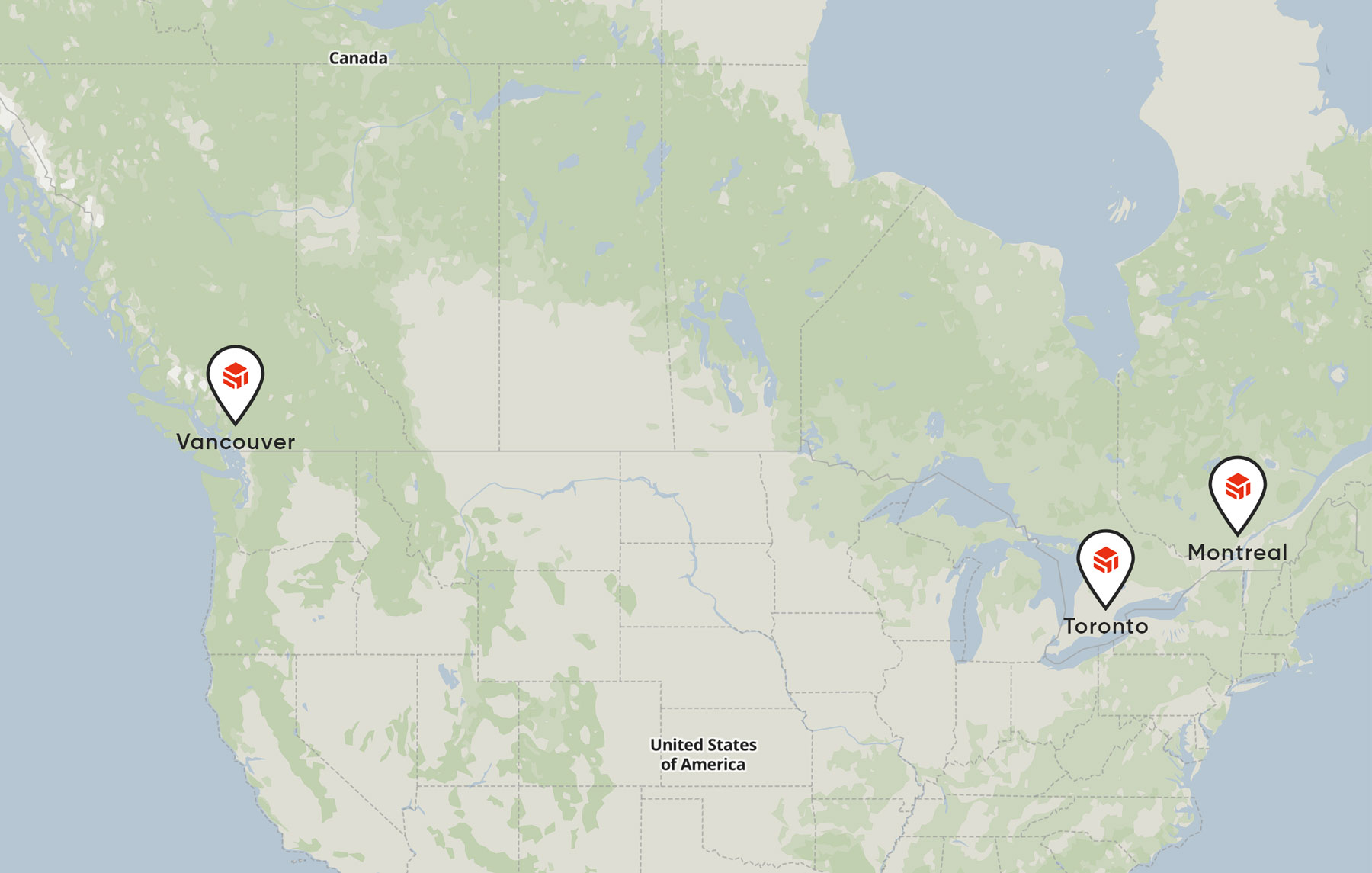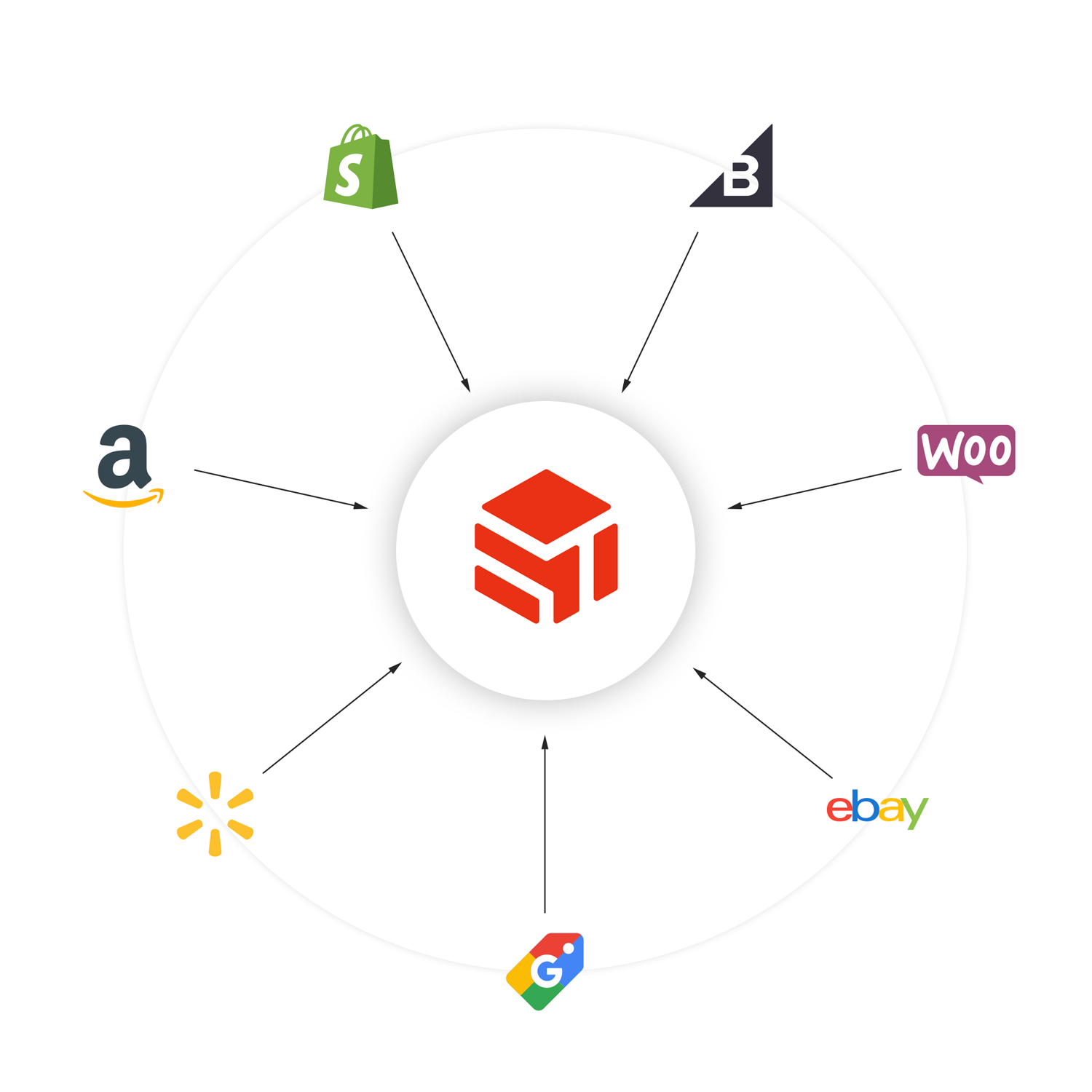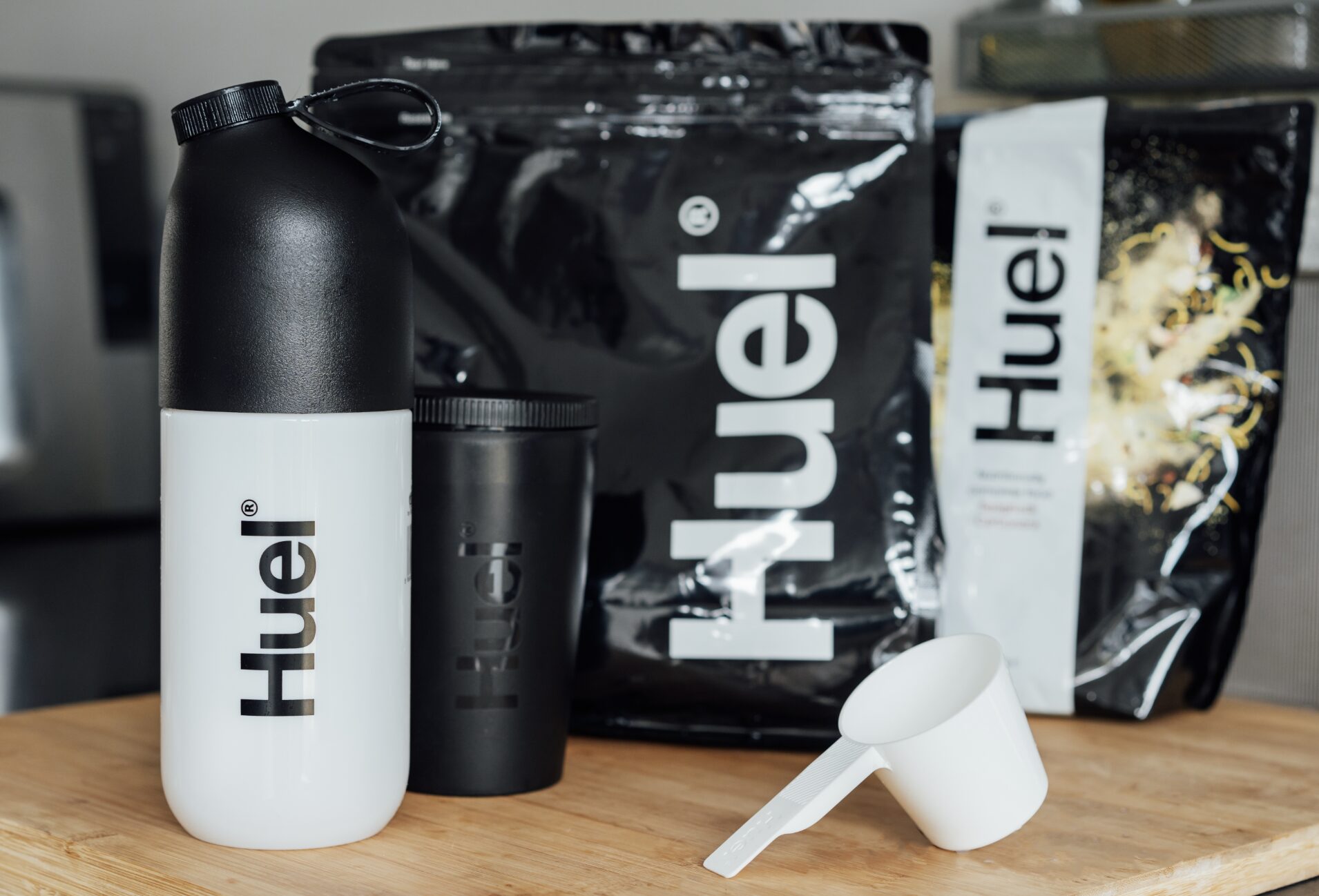With 82% of consumers now considering wellness a top or important priority, the health and wellness market is one the largest retail sectors. However, and as with any growing interest, there are customer expectations that accompany it and brands need to address them fast.
One obvious demonstration of this is the fact that health and wellness activities are no longer limited to physical stores. Large numbers of consumers quickly pick up some omnichannel habits like buying online for in-store pickup, a part of their regular shopping routine.
When brands sell through brick-and-mortar stores, websites, online marketplaces, and social media, they can reach customers wherever they like to shop. But this approach isn’t without challenges, especially in order fulfillment. Managing orders from multiple sources, keeping inventory updated, and ensuring timely deliveries can be quite tricky.
To help you navigate these challenges and optimize your operations, we’ve put together a guide on using omnichannel strategies in fulfillment. We’ll cover the common obstacles and show you how a 3PL partner like ShipTop can streamline your fulfillment process, ensuring your customers receive their orders on time.
Challenges in Fulfilling Health and Wellness Products
Alongside impactful products and vibrant marketing, there’s a hidden layer of complexity for health and wellness brands – fulfillment. All kinds of health and wellness products need special handling, specific storage conditions, and absolute spot-on order accuracy. Why? Because getting it wrong could actually harm the consumer. This means every step of the process, from storage to shipping, needs careful checks and precise inventory management.
The challenge is further complicated by handling both DTC and B2B orders – each group of channels has unique demands:
DTC Channels:
- Require fast shipping for individual items
- Involve direct interaction with end consumers
- Need efficient handling of numerous small orders
B2B Channels:
- Demand bulk shipments to retailers or wholesalers
- Require coordination with business partners
- Involve larger, less frequent orders
Balancing these contrasting needs creates complexity in inventory management, shipping logistics, and order processing.
On the one hand, you’re dealing with small, personalized orders for individual customers. On the other, you’re handling large, standardized shipments for retail stores. You might be shipping a single bottle one minute and a whole truckload the next.
To make this work, you often need different areas in your warehouse, or sometimes even separate buildings for each type of order. The tricky part is making all these different processes work together smoothly. You need to keep track of inventory, make sure everything’s accurate, and stay efficient no matter what kind of order you’re dealing with.
These challenges push health and wellness companies to seek professional help from a 3PL fulfillment partner like ShipTop. Alongside other perks, advanced 3PLs offer omnichannel capabilities to handle both individual and retail orders, providing brands with better opportunities for consistent scaling.
The Role of Omnichannel in Fulfillment
Recent industry data reveals that 65% of the B2B health and beauty sector invested in digital commerce channels worldwide. This trend is driven by the increasing use of online stores, marketplaces, social media platforms, and physical retail locations to reach a broader audience.
- Over half (56%) use at least three channels to reach customers.
- 22% of US brands plan to launch DTC e-commerce within the next year.
- 71% of US brands already operate DTC.
- In 2022, 38% of the biggest B2B winners added new sales channels.
37% of the top performers ramped up experimentation to find the best sales avenues.
Health and wellness brands pick up this habit and also utilize an array of channels – eCommerce, in-store, and B2B – to deliver a cohesive and tailored shopping experience. This integration allows them and other retail brands to connect with a broader audience and enjoy nearly 6x times more sales than single-channel marketing.
Huge part of this is fulfillment where with omnichannel, brands can make sure that orders are handled quickly and correctly, no matter where they come from. This smooth and efficient process keeps customers happy and coming back for more.
But while the advantages are great, there are also implications for the fulfillment process, as well:
- Customers want a smooth process from order placement to delivery. Any hiccups can affect customer loyalty. Real-time updates on order status, shipping, and delivery are expected.
- They also want flexibility in order fulfillment. It’s now common to order products online but pick them up in-store or discover products in-store and purchase later via a mobile app.
- Effective coordination between online and physical inventory systems is essential. This ensures that customers who discover a product in-store can later complete their purchase via a mobile app without issues.
- Inventory management can become complex. Ensuring accurate inventory levels across multiple channels requires sophisticated systems and processes.
- Logistics and distribution need to be optimized. Efficiently managing different fulfillment options (e.g., shipping from a warehouse vs. in-store pickup) can be challenging.
- Technology integration is crucial. Seamless communication between eCommerce platforms, inventory systems, and customer service is vital for a unified experience.
- Returns management must be streamlined. Easy and hassle-free return processes, whether the product was bought online or in-store, help maintain customer trust.
This makes omnichannel tough to implement, but full of potential for brands that can get it right.
Components of an Omnichannel Fulfillment Strategy
Let’s look at some popular omnichannel fulfillment strategies. Retailers can use these on their own or mix and match them, depending on what works best for them and their customers.
- Ship-from-Store is where physical stores handle online orders. This reduces shipping time and costs by sending items from the closest store. For instance, Target applies this method in enhancing their performances in the deliveries and management of their stocks.Fulfillment complication: This can complicate inventory management, as you’ll need to keep track of stock levels both online and in multiple physical stores simultaneously. It also requires seamless coordination between online and in-store systems to ensure that orders are processed accurately and efficiently. And, of course, during periods of high demand, store staff can become overwhelmed by the additional responsibility of fulfilling online orders on top of their regular duties.
- Buy Online, Pickup In-Store (BOPIS) is a service that enables the client to order items through the internet and collect them from physical stores. Many shoppers love this approach for its convenience, and it also increases foot traffic in stores.Fulfillment complication: It can be hard to coordinate inventory to ensure that items are actually available for pickup when customers arrive. This one also requires clear and timely communication with customers to inform them when their orders are ready for pickup.
- Drop Shipping is a method where retailers sell products online without keeping them in stock. Hence, suppliers transport goods directly to the customers.Fulfillment complication: Retailers become reliant on their suppliers for product availability and timely delivery, which can be problematic if the supplier experiences delays or stock shortages. Secondly, inconsistencies in quality and delivery times can arise, as the retailer has limited control over how goods are packed and shipped.
- Hub-and-Spoke is a logistics model where a central warehouse (hub) supplies regional warehouses (spokes) to fulfill orders.Fulfillment complications: Requires robust coordination and communication across the network to prevent delays. Plus, the efficiency of this model depends on the effective allocation of resources and timely replenishment of regional warehouses.
- Curbside Pickup allows customers to order online and collect their purchases from designated spots at the store, minimizing contact and enhancing safety.Fulfillment complications: This obviously requires the allocation of store space and staff to manage the service effectively. And it also requires strong communication to ensure customers know when and where to pick up their orders.
How 3PL Fulfillment Partners Like ShipTop Can Help Health and Wellness Brands Scale (Omnichannel Included)
Scaling a health and wellness business across multiple channels and so many fulfillment options can be challenging. Shoppers expect their deliveries to be as fast as ever – 41% of global shoppers want to see their online purchase within 24 hours. Meanwhile brands report that order fulfillment and tracking have become more challenging.
However, partnering with a 3PL company can help you overcome many fulfillment challenges and provide better visibility across multiple channels to let your brand grow organically.
Here is what they can bring to the table:
Advanced Technology
When you team up with a 3PL provider, you get access to some advanced technology. These companies use advanced software to manage inventory, track shipments, and keep the whole supply chain running smoothly. This means you can see what’s happening in real-time and make your operations more efficient.
💡For instance, at ShipTop, we offer some great features like real-time tracking, automated inventory management, and the ability to handle orders from multiple sales channels. Our system makes it easy to keep an eye on everything and stay in control of your fulfillment process.
eCommerce Tool Integrations
3PLs excel at integrating with various eCommerce tools to streamline order processing and manage inventory across multiple channels. This means your brand can efficiently handle orders and inventory whether you’re selling on your own website, marketplaces like Amazon, or other sales channels.
💡 At ShipTop, we offer easy integration with major eCommerce platforms like Shopify, Magento, BigCommerce, and WooCommerce, as well as marketplaces such as Amazon, Walmart, TikTok Shop, Google Shopping, eBay, and Etsy. Additionally, we partner with tools like Loop Returns for returns management and Oracle NetSuite for ERP solutions. For platforms not directly supported, we provide flexible options like API connections, manual order creation, and CSV uploads.
A Vast Fulfillment Network
When scaling your health and wellness brand, the logistics may come complicated. But 3PL with a system of warehouses spread out in different locations enables you to keep your products closer to your customers and ensure faster deliveries. They handle all the logistics, including inventory management and order processing, leading to faster shipping times and lower costs.
Plus, as your brand grows, the 3PL’s extensive network can easily manage an increase in orders without you needing to expand your own infrastructure. This scalability allows you to focus on other aspects of your business.
💡 ShipTop’s warehouses are strategically located across the United States and Canada, including major Canadian cities such as Toronto, Vancouver, and Montreal.

International Shipping and Section 321 Duty Drawback
A 3PL provider that offers comprehensive international shipping solutions can significantly streamline your global operations. Look for a provider that offers global freight management to make sure your products are delivered on time. It’s also helpful if they have multi-carrier options, so you can pick the best and most affordable carriers for each region. And finally, having real-time tracking allows you to see where your shipments are at all times, making everything more transparent.
💡 On top of all that, advanced 3PL providers like ShipTop may also provide Section 321 shipments, allowing duty-free import of shipments valued under $800. Section 321 can significantly reduce your shipping costs, allowing you to offer competitive prices. Lower costs make it easier to break into the US market and increase your market share.
Omnichannel Integration
The main point: omnichannel integration. Advanced 3PL providers offer this capability, which combines all sales channels into one unified system. This system provides real-time updates on stock levels across all platforms. It allows for quick processing of orders, regardless of which channel they come from. Returns are also managed efficiently within the same system. So, with omnichannel, there is consistency and accuracy across all customer touchpoints.
💡 ShipTop’s omnichannel platform connects all your sales channels into one cohesive system, ensuring real-time inventory management and efficient order processing. This means we handle packing, shipping, and returns smoothly, helping you scale your brand effortlessly.

How VEGAIN Scaled Their Health and Wellness Brand with ShipTop
VEGAIN, a plant-based sports nutrition brand, scaled its brand using ShipTop’s fulfillment services. Their commitment to high-quality, plant-based ingredients has made them a go-to choice for athletes looking to improve their nutrition sustainably.
Just like many of our clients, VEGAIN utilizes both DTC eCommerce and B2B channels and ShipTop provides them with seamless fulfillment across these two fronts.
VEGAIN’s sales through several online platforms posed typical challenges in tracking stock levels to avoid stock-outs or overstock situations. Our direct-to-consumer and wholesale fulfillment services streamlined VEGAIN’s logistics, making it easy to handle orders of all sizes. Plus, our integrated platform enabled automatic notifications and simplified order management across multiple channels.
How VEGAIN benefits:
With an omnichannel approach, we ensured that VEGAIN could provide a consistent customer experience across its eCommerce, B2B, and physical store channels. Whether customers were shopping online or in-store, our systems provided real-time stock updates and unified order management.
Ready to Grow Your Brands In Multiple Channels? ShipTop Can Help
Once you’re aspiring to actually meet customer expectations, omnichannel fulfillment strategies are no longer a luxury but a necessity. Such strategies might seem difficult to implement (and they commonly are): there’s intricate inventory management, precise logistics, and seamless technology integration. Yet, the rewards – enhanced customer satisfaction, expanded market presence, and multiplied sales – are well worth the effort.
Partnering with a 3PL like ShipTop can drive your wealth and wellness brand’s organic growth by providing the fulfillment expertise needed to compete with leading DTC health and wellness brands. With its big fulfillment network and easy-to-use platform for tracking inventory and managing orders, ShipTop helps health and wellness brands save money and deliver faster. You can contact us to learn more about how we can aid your brand in your current circumstances; we’ve got a lot of tricks up our sleeves.






